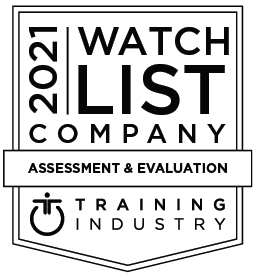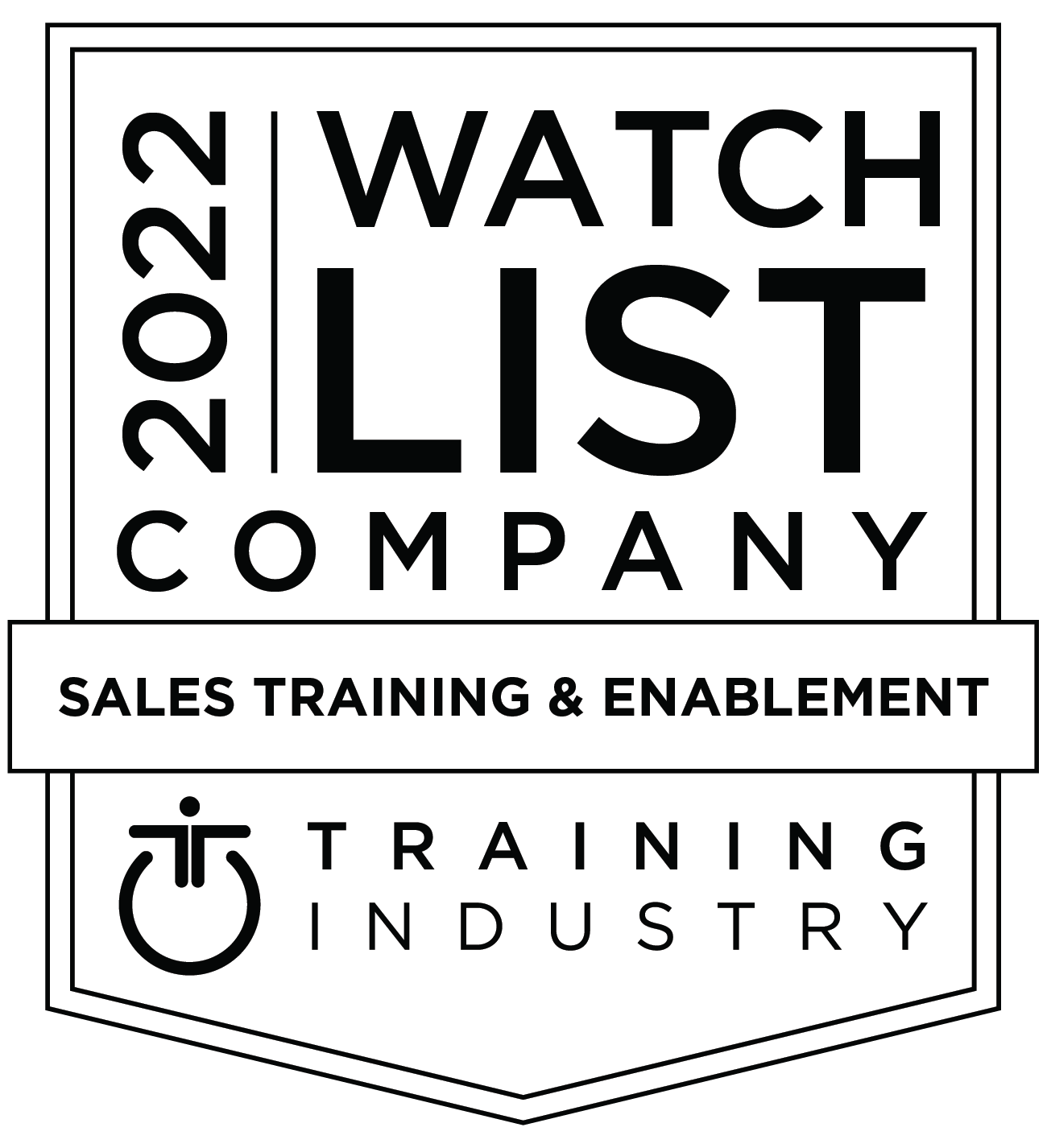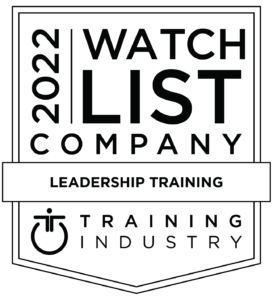Executive Briefing Center presentations are typically high stakes.
When millions in revenue are on the line, expectations are high on both sides of the table. If you’re asked to present, you feel the pressure.
That’s why preparation is essential. And, practice is mandatory. The last thing you want to do is give a less than stellar performance. This means that your understanding of your customer’s needs, your level of professionalism, and your executive presence and demeanor must be top notch.
Know and understand who your customer is before you present.
Before presenting or even preparing your presentation, have an in-depth conversation with the salesperson, so that you’re thoroughly briefed on who the customer is and what their business issues are.
Read the customer’s web site. Pay attention to the press section and any recent speeches given by its CEO or executives. Look for information you can use to demonstrate you understanding their business.
Gather information from any source you can, including contacts you may have at that company.
Be concise, focused, and professional in your delivery.
Always begin with an executive summary. Focus in on the customer’s key business issues quickly, clearly illustrating that you understand them. Then, you can talk about your solutions.
It’s a well-known fact in the Briefing Center world that while your product may not be all that different from what your competitors have to offer—your behavior can be a huge differentiator.
Debrief internally and thank your audience.
After the presentation, take the time to debrief with the salesperson and get feedback on your performance. What went well? What fell flat? What could you have done better?
Finally, send a hand-written thank you note to each audience member. This is rarely done. Not only will it make you memorable, but it will be greatly appreciated.
To start on your own path toward world-class briefings, download our eBook The Journey to World Class Briefings.










